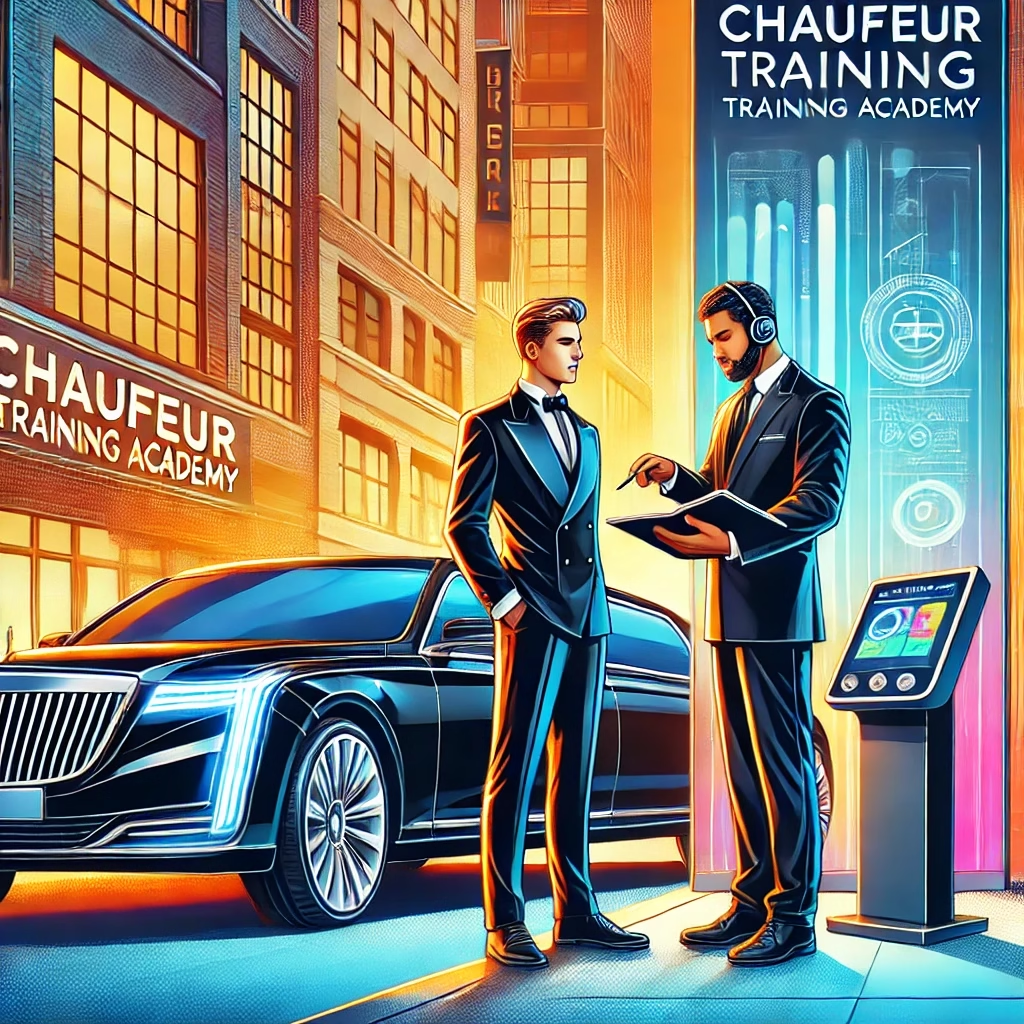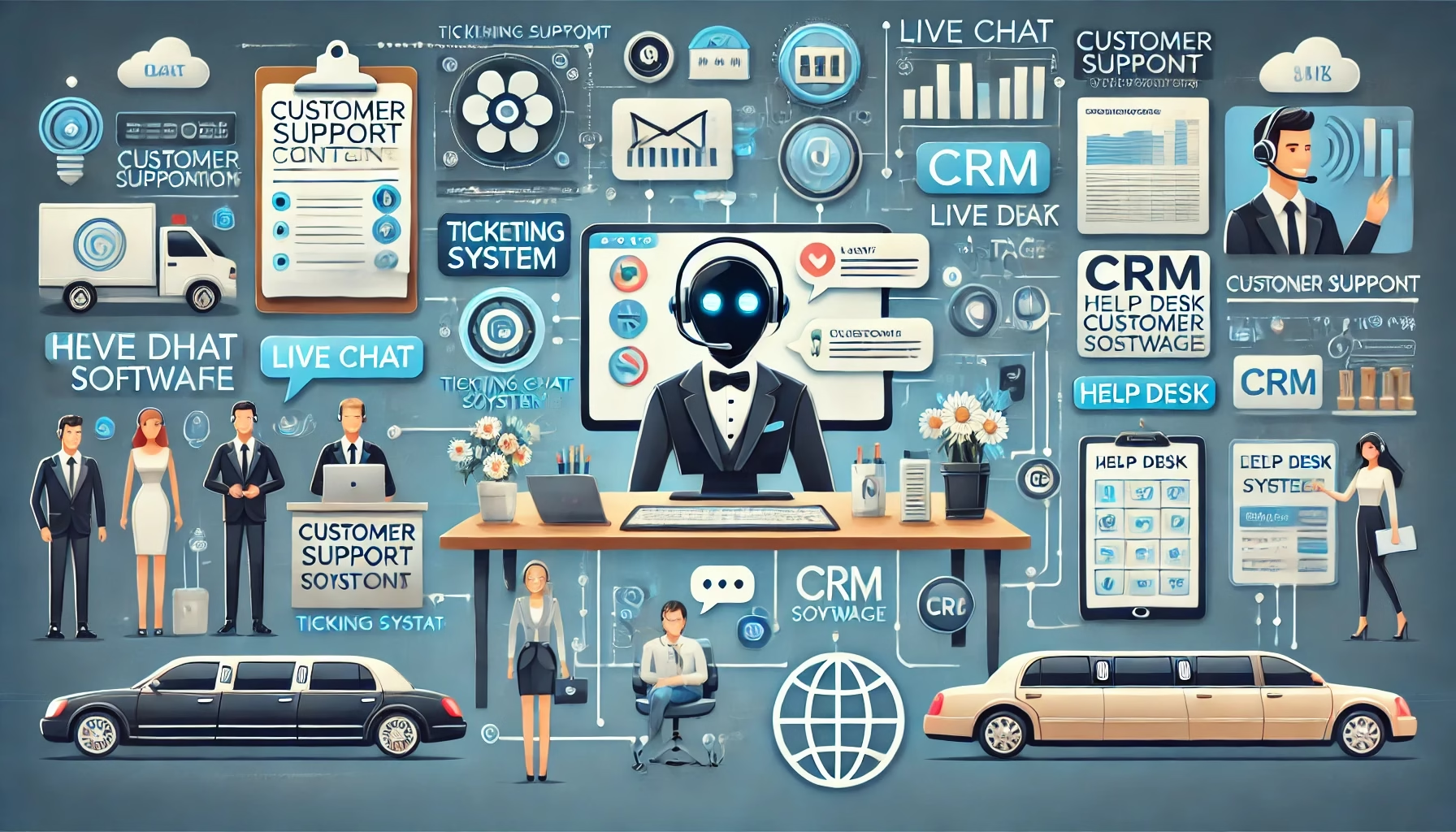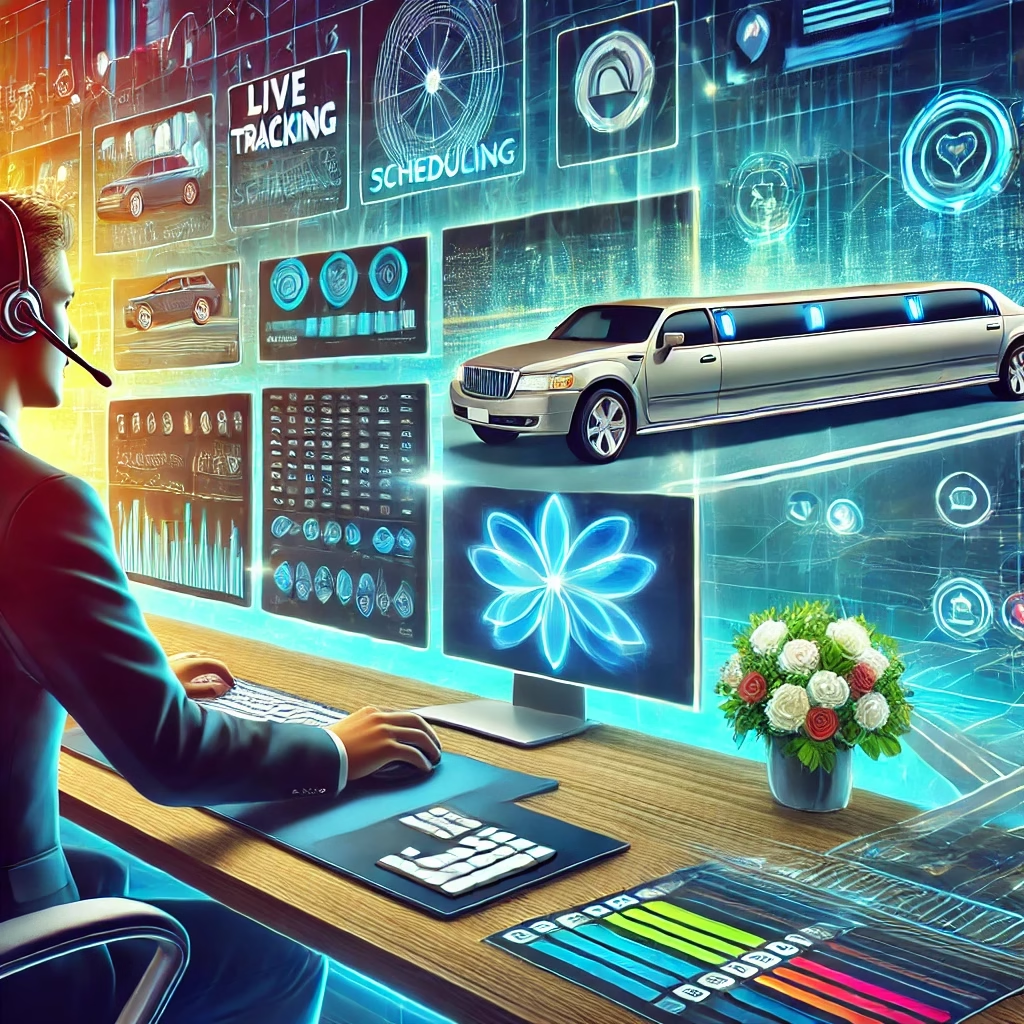Introduction: The Journey to Becoming a Professional Chauffeur
Becoming a professional chauffeur is more than just driving—it’s about delivering exceptional service, ensuring passenger safety, and mastering the art of navigation. Whether working in the limousine service industry or for a high-end transportation company, aspiring chauffeurs must undergo specialized training programs to develop the necessary skills.
This article provides a detailed overview of training programs for aspiring chauffeurs, covering essential skills, tradeoffs, and industry challenges. Whether you’re considering a career shift or looking to enhance your skills, this guide will help you understand what it takes to succeed in the world of luxury transportation.
1. The Importance of Professional Training for Aspiring Chauffeurs
Issue: Why Formal Training Matters
Many assume that having a driver’s license is enough to work as a chauffeur. However, professional chauffeurs require specialized skills that go beyond basic driving. Navigating traffic, handling high-profile clients, and ensuring passenger comfort all require extensive training.
Solutions to Address the Issue
- Specialized Driving Courses:
- Advanced driving courses teach defensive driving, accident avoidance, and smooth braking techniques.
- Training programs simulate real-life scenarios to improve quick decision-making on the road.
- Customer Service Training:
- Chauffeurs must know how to greet clients professionally and cater to their specific needs.
- Training in etiquette, communication, and handling VIP customers enhances service quality.
- Navigation and Route Planning:
- A deep understanding of city layouts, GPS technology, and alternate routes ensures efficient transport.
- Training includes dealing with road closures and adjusting travel plans in real time.
2. Defensive Driving Techniques for Chauffeurs
Issue: Navigating Safely in All Conditions
Chauffeurs often drive in unpredictable conditions—heavy traffic, poor weather, and high-speed highways. Without proper training, they might struggle to maintain control, putting clients at risk.
Solutions to Address the Issue
- Weather Condition Training:
- Learning how to drive in rain, snow, and fog reduces the risk of accidents.
- Chauffeurs practice handling skids and emergency braking.
- Emergency Maneuvers:
- Training programs teach chauffeurs how to react to sudden obstacles and aggressive drivers.
- Controlled braking, lane changes, and evasive techniques are part of professional training.
- Understanding Vehicle Dynamics:
- Chauffeurs are trained to understand the weight distribution and handling of luxury vehicles.
- Smooth acceleration and braking create a seamless ride for clients.
3. Customer Service and Professional Etiquette for Chauffeurs
Issue: Maintaining a Professional Image
A chauffeur is not just a driver but a service provider. Poor customer interactions can lead to bad reviews and a damaged reputation.
Solutions to Address the Issue
- Luxury Service Standards:
- Chauffeurs must dress professionally and maintain a clean vehicle.
- Personalized services, such as opening doors and assisting with luggage, enhance the experience.
- Conflict Resolution Skills:
- Dealing with difficult clients is a part of the job.
- Training programs teach chauffeurs how to handle complaints calmly and professionally.
- Cultural Awareness:
- Chauffeurs often serve international clients and must be aware of cultural differences.
- Training includes understanding common etiquette practices worldwide.
4. Mastering Navigation and Route Optimization
Issue: Avoiding Delays and Traffic Congestion
A delayed ride can ruin a client’s experience, especially in limousine services where punctuality is crucial.
Solutions to Address the Issue
- GPS and Mapping Technology:
- Training covers how to use real-time traffic applications like Google Maps and Waze.
- Understanding road networks and alternative routes is critical.
- City-Specific Knowledge:
- Chauffeurs must be familiar with major landmarks, event venues, and high-traffic zones.
- Hands-on experience helps them anticipate road conditions and travel times.
- Time Management Training:
- Planning ahead minimizes delays and ensures a smooth journey.
- Chauffeurs learn scheduling strategies to optimize their availability.
5. Vehicle Maintenance and Inspection Training
Issue: Ensuring a Reliable and Safe Ride
A malfunctioning vehicle can ruin a client’s experience and lead to costly repairs.
Solutions to Address the Issue
- Routine Vehicle Checks:
- Chauffeurs are trained to inspect tires, brakes, and engine performance.
- Regular maintenance prevents breakdowns.
- Emergency Repairs:
- Learning basic troubleshooting skills helps chauffeurs handle minor mechanical issues.
- Knowledge of roadside assistance services ensures quick solutions.
- Fuel Efficiency Techniques:
- Chauffeurs learn how to drive efficiently to reduce fuel costs.
- Maintaining proper tire pressure and smooth acceleration conserves fuel.
6. Legal and Compliance Training
Issue: Understanding Transportation Laws
Chauffeurs must comply with transportation regulations, licensing requirements, and road safety laws.
Solutions to Address the Issue
- Chauffeur Licensing:
- Training covers how to obtain a professional chauffeur license.
- Regulations vary by location, so understanding legal requirements is crucial.
- Insurance and Liability:
- Chauffeurs learn about passenger liability and vehicle insurance policies.
- Understanding legal responsibilities prevents legal issues.
- Confidentiality and Client Privacy:
- High-profile clients expect discretion.
- Chauffeurs must follow confidentiality agreements to protect client privacy.
7. Communication Skills and Handling Special Requests
Issue: Effective Communication with Clients and Dispatch Services
Chauffeurs often deal with high-profile clients who expect exceptional service. Poor communication can lead to misunderstandings, dissatisfaction, and lost business.
Solutions to Address the Issue
- Active Listening Skills:
- Chauffeurs must pay attention to client instructions and preferences.
- Training programs teach chauffeurs to confirm details to ensure accuracy.
- Clear and Professional Communication:
- Speaking in a polite and professional manner enhances the client experience.
- Chauffeurs must avoid excessive conversation unless the client initiates it.
- Handling Special Requests:
- Some clients require specific routes, temperature settings, or amenities.
- Training includes how to accommodate requests while maintaining professionalism.
8. Managing Stress and Long Working Hours
Issue: Dealing with High-Pressure Situations
Chauffeurs often work long hours, navigate unpredictable traffic, and deal with demanding clients. Without proper stress management, burnout can occur.
Solutions to Address the Issue
- Time Management Techniques:
- Planning schedules efficiently helps chauffeurs avoid excessive workloads.
- Training programs focus on balancing personal and professional time.
- Stress Reduction Strategies:
- Techniques such as deep breathing and mindfulness help manage stress.
- Staying hydrated and taking short breaks improve focus and endurance.
- Ergonomic Training for Comfort:
- Sitting for extended periods can cause fatigue and discomfort.
- Chauffeurs learn posture correction and stretching exercises to stay fit.
9. First Aid and Emergency Preparedness Training
Issue: Handling Medical Emergencies on the Road
Clients may experience medical emergencies while traveling. Without proper training, chauffeurs may not know how to respond effectively.
Solutions to Address the Issue
- Basic First Aid Certification:
- Chauffeurs should be trained in CPR, wound care, and emergency response.
- Quick action can save lives in critical situations.
- Emergency Protocols and Crisis Management:
- Knowing how to contact emergency services and provide accurate information is essential.
- Chauffeurs must stay calm and manage the situation professionally.
- Vehicle Emergency Equipment:
- Keeping first aid kits, fire extinguishers, and emergency contact lists in the vehicle is crucial.
- Chauffeurs learn how to use emergency tools effectively.
10. Upskilling for Career Growth in the Limousine and Dispatch Industry
Issue: Advancing Beyond Basic Chauffeur Roles
Many chauffeurs remain in entry-level positions without exploring career growth opportunities. Without upskilling, they miss out on higher-paying roles in the limousine and dispatch industry.
Solutions to Address the Issue
- Advanced Chauffeur Certifications:
- Luxury transportation companies prefer chauffeurs with specialized certifications.
- Advanced training includes executive protection, international driving, and VIP client handling.
- Technology Integration for Chauffeurs:
- Learning to use digital dispatch systems improves efficiency.
- Chauffeurs must understand how to work with ride-booking platforms and fleet management software.
- Networking and Professional Development:
- Joining professional chauffeur associations opens doors for new opportunities.
- Attending industry seminars and workshops helps chauffeurs stay updated on trends.
Conclusion: The Path to Becoming a Skilled Chauffeur
Training programs for aspiring chauffeurs are essential for developing advanced driving skills, customer service excellence, and legal knowledge. By investing in professional training, chauffeurs enhance their career prospects in the luxury transportation and dispatch industry.
For limousine companies and dispatch services looking to optimize their chauffeur workforce, utilizing professional dispatch and customer support services is key. Saztech Solutions provides top-tier solutions for dispatch and customer support, ensuring smooth operations for transportation businesses. Learn more at Saztech Solutions.
Home | About Us | Pricing | Get Started | FAQ | Dispatch Daily | Contact Us
WhatsApp | Facebook | LinkedIn





Leave a Reply